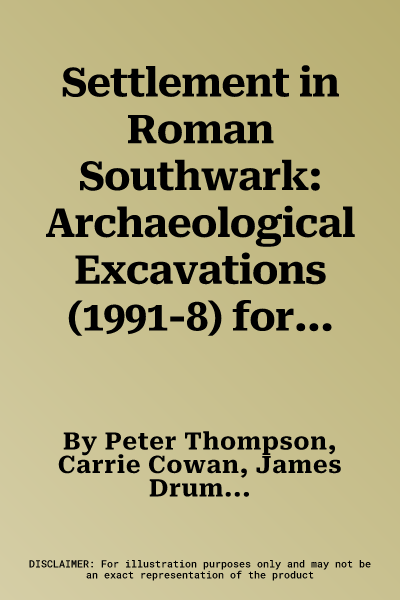Peter Thompson
(Author)Settlement in Roman Southwark: Archaeological Excavations (1991-8) for the London Underground Ltd Jubilee Line Extension ProjectPaperback, 12 February 2003

Qty
1
Turbo
Ships in 2 - 3 days
In Stock
Free Delivery
Cash on Delivery
15 Days
Free Returns
Secure Checkout

Part of Series
Mola Monograph
Part of Series
Mola Monographs
Print Length
316 pages
Language
English
Publisher
Mola (Museum of London Archaeology)
Date Published
12 Feb 2003
ISBN-10
1901992284
ISBN-13
9781901992281
Description
Product Details
Book Format:
Paperback
Country of Origin:
GB
Date Published:
12 February 2003
Dimensions:
29.46 x
21.44 x
2.18 cm
Genre:
British
ISBN-10:
1901992284
ISBN-13:
9781901992281
Language:
English
Location:
London, England
Pages:
316
Publisher:
Weight:
1179.34 gm